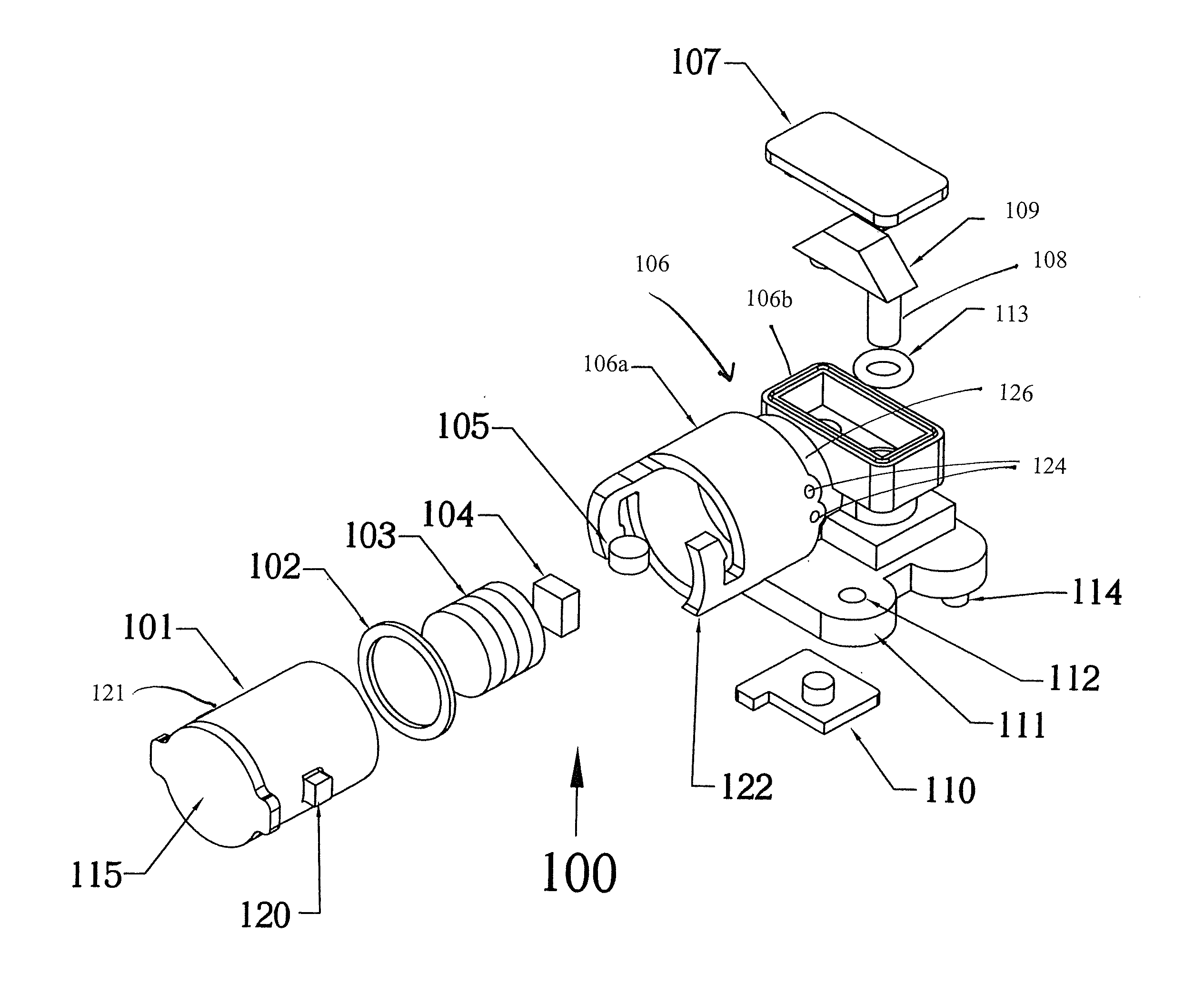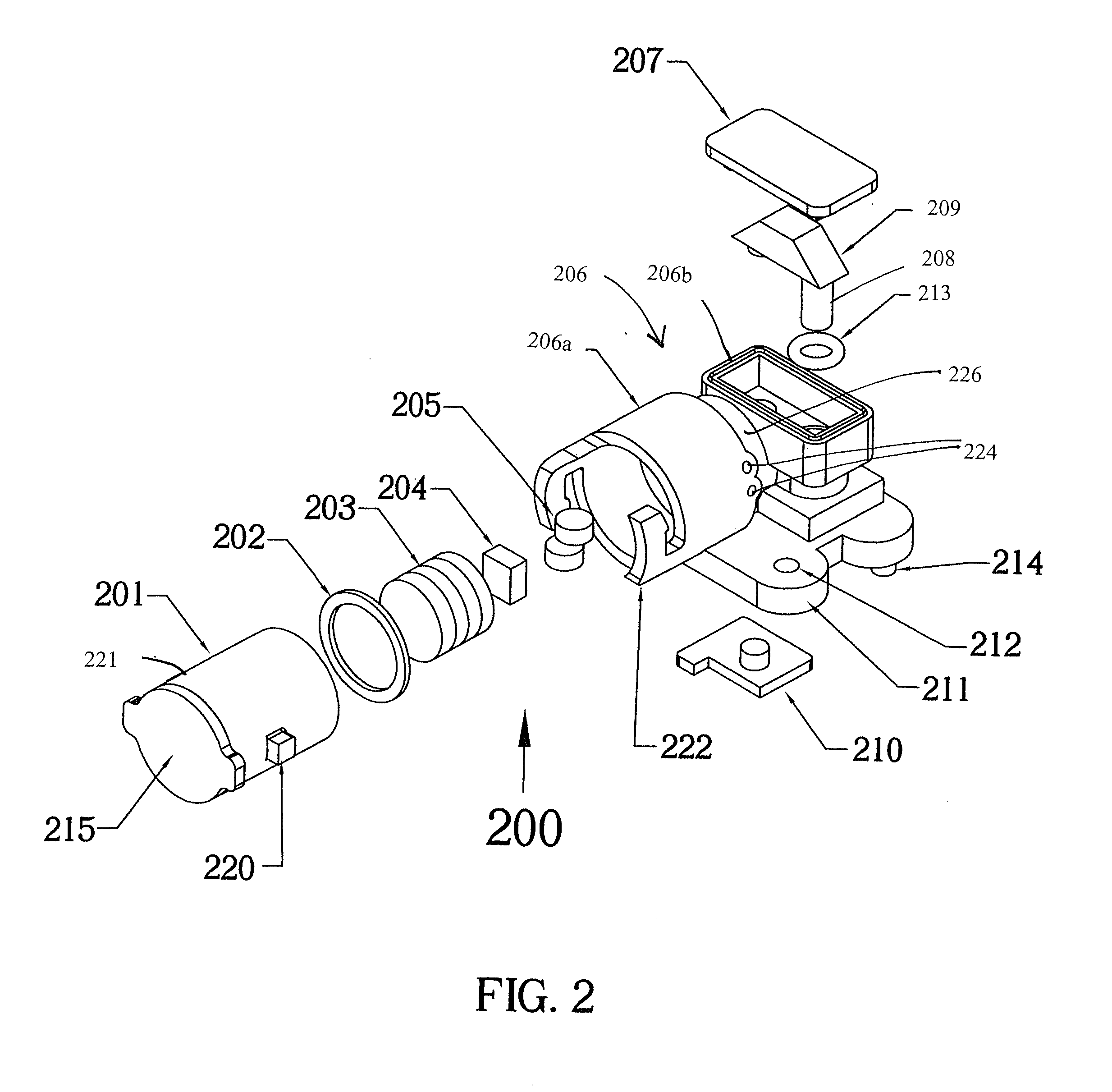Carbon monoxide (CO) microsir sensor system
a microsir sensor and carbon monoxide technology, applied in the direction of material analysis through optical means, measurement devices, instruments, etc., can solve the problems of difficult to detect carbon monoxide accurately (plus or minus 5%), carbon monoxide (co) has no smell, cannot be seen or tasted, and is very toxic, so as to achieve easy automatic
- Summary
- Abstract
- Description
- Claims
- Application Information
AI Technical Summary
Benefits of technology
Problems solved by technology
Method used
Image
Examples
embodiment 1
Preferred Embodiment 1
Visual CO Indicator
Example 1A
Single CO Sensing Formulation S6e on Regular-Sized SPS for SIR
[0104]“Soak Method”
[0105]100 of 0.150″ diameter×0.100″ thick silica porous silicate disks with pore diameter ranging from 200 to 300 angstroms and surface area ranging from 100 to 200 square meter per gram are soaked in a 15-mL of the new S6e sensing formulation containing 7.7 mmole of H4SiMo12O40.xH2O, 77.7 mmole of CaCl2.2H2O, 2.7 mmole of CCl3COOH, 0.16 mmole of copper trifluoroacetylacetonate, 1.74 mmole of CuCl2.2H2O, 8.6 mmole of CaBr2.2H2O, 1.126 mmole of Gamma-Cyclodextrin, 0.97 mmole of Hydroxy-Beta-Cyclodextrin, 1.89 mmole of Na2PdCl4, 23.89 mmole of PdCl2, and 0.55 mmole of Beta-Cyclodextrin. After 1 day of soaking, the excess solution is removed and the sensor dried using Kimwipe tissue paper. Sensors are spread flat on a clean Pyrex or plastic tray and allowed to dry slowly inside a polyester felt pillow case inside an humidity and temperature controlled room...
embodiment 2
Preferred Embodiment 2
Single Sensing Element MICROSIR for CO Alarm that Meets UL 2034
example 1b
Single Sensing Formulation S6e on Mini-SPS for MICROSIR
[0109]“Soak Method”
[0110]600 of the mini-sized silica porous silicate disks with pore diameter ranging from 200 to 300 angstroms and surface area ranging from 100 to 200 square meter per gram are soaked in a 15-mL of the new S6e sensing formulation containing 7.7 mmole of H4SiMo12O40.xH2O, 77.7 mmole of CaCl2.2H2O, 2.7 mmole of CCl3COOH, 0.16 mmole of copper trifluoroacetylacetonate, 1.74 mmole of CuCl2.2H2O, 8.6 mmole of CaBr2.2H2O, 1.126 mmole of Gamma-Cyclodextrin, 0.97 mmole of Hydroxy-Beta-Cyclodextrin, 1.89 mmole of Na2PdCl4, 23.89 mmole of PdCl2, and 0.55 mmole of Beta-Cyclodextrin. After 1 day of soaking, the excess solution is removed and the sensor dried using Kimwipe tissue paper. Sensors are spread flat on a clean Pyrex or plastic tray and allowed to dry slowly inside a polyester felt pillow case inside an humidity and temperature controlled room or chamber with relative humidity maintain within 45 to 55% and tempera...
PUM
| Property | Measurement | Unit |
|---|---|---|
| pore size | aaaaa | aaaaa |
| mole ratio | aaaaa | aaaaa |
| temperature | aaaaa | aaaaa |
Abstract
Description
Claims
Application Information
 Login to View More
Login to View More - R&D
- Intellectual Property
- Life Sciences
- Materials
- Tech Scout
- Unparalleled Data Quality
- Higher Quality Content
- 60% Fewer Hallucinations
Browse by: Latest US Patents, China's latest patents, Technical Efficacy Thesaurus, Application Domain, Technology Topic, Popular Technical Reports.
© 2025 PatSnap. All rights reserved.Legal|Privacy policy|Modern Slavery Act Transparency Statement|Sitemap|About US| Contact US: help@patsnap.com



